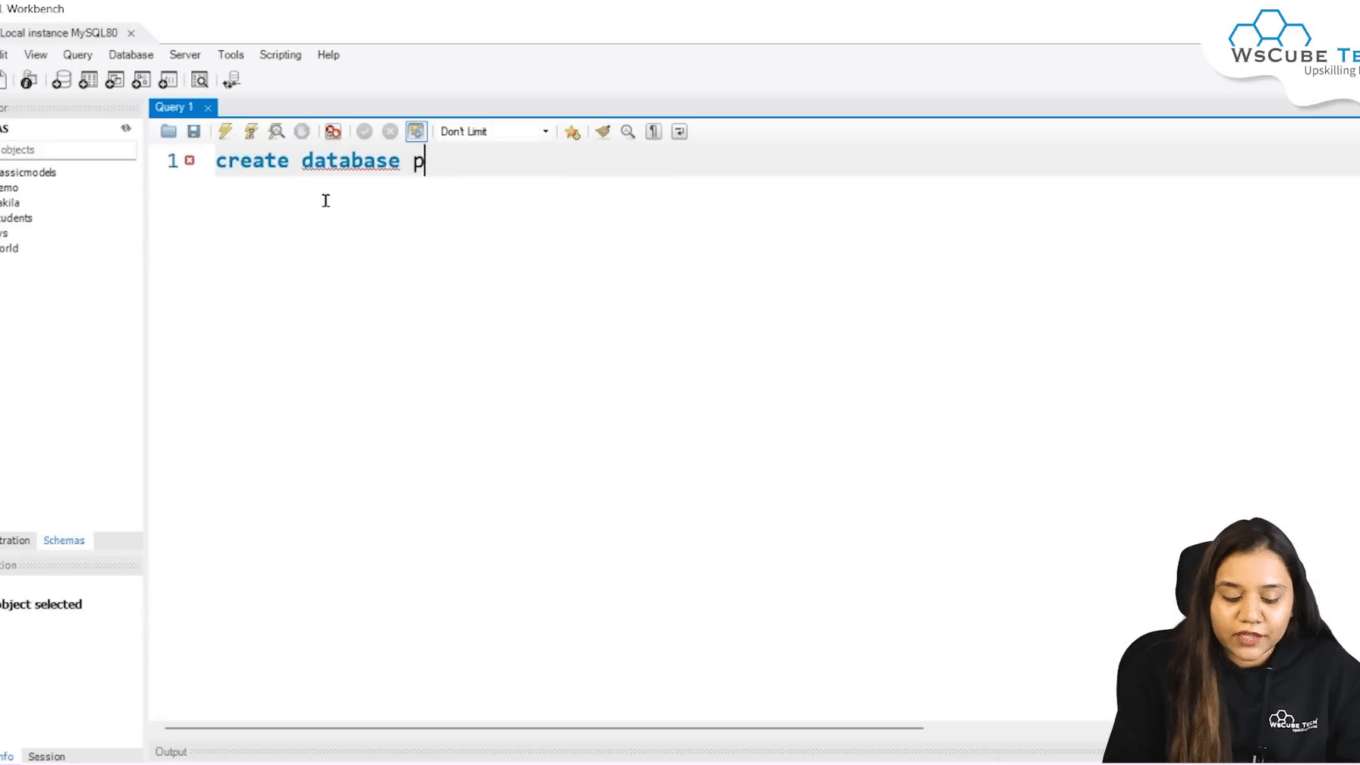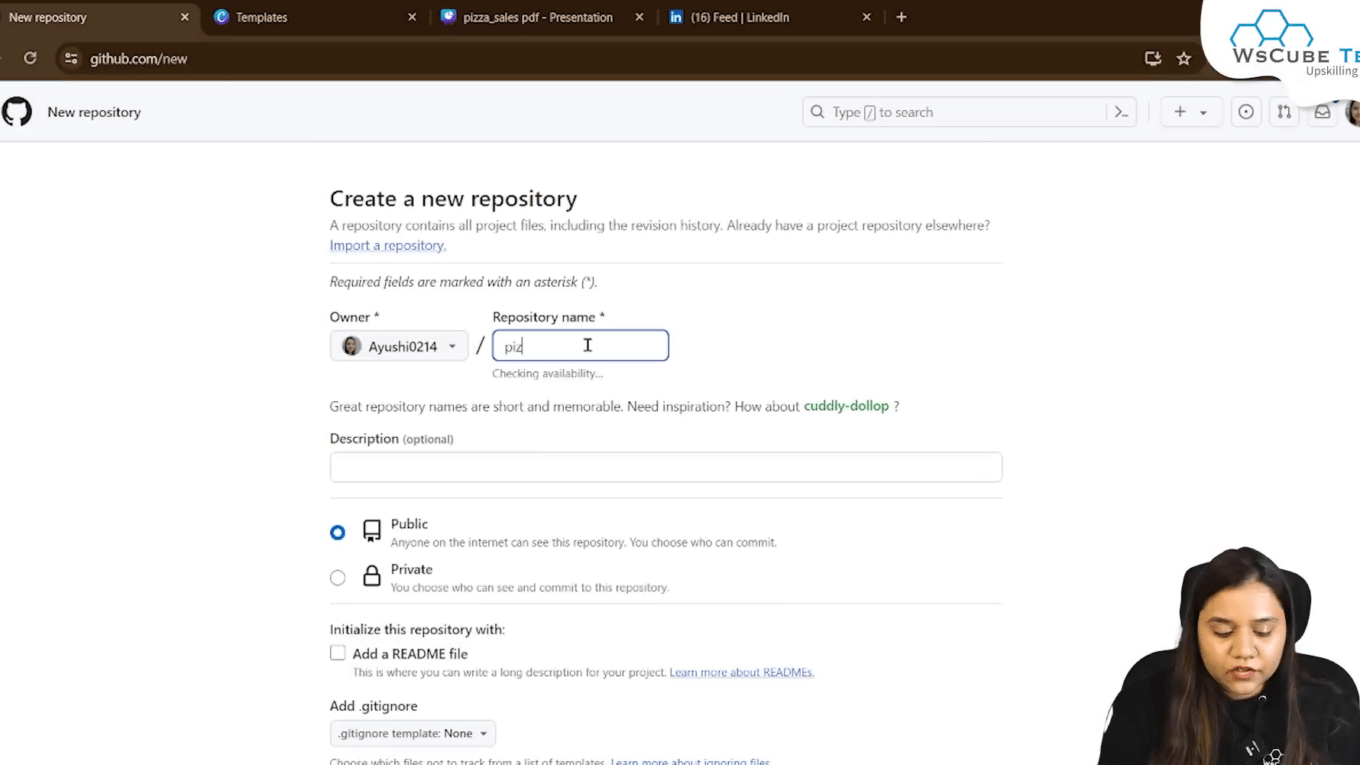SQL for Data Analysis: A Comprehensive Guide to Pizza Sales Project 🍕
SQL (Structured Query Language) is a very important method to analyze information particularly for those who would like to acquire more skills by doing practical work. In this article, we will cover a complete SQL project involving pizza sales step by step, starting with the database creation and data import and finishing with data analysis – asking questions and getting answers. It is now time to get into details of the various stages of doing this project.
Understanding the Project Structure 📊
In the beginning, we will use the data contained in a set of files concerning pizza sales. The main purpose is to cover the essentials of SQL, through to intermediate healthy SQL methods in the context of building a SQL project, and creating a PPT presentation for it, and publishing it on the web.
Setting Up the Environment 🛠️
Before diving into SQL queries, we need to set up our environment. This involves downloading the dataset and creating a new folder on your desktop for the project. The dataset is available in a zip file format and consists of multiple CSV files, which we will extract for use in our SQL database.
Creating the Database 📂
In order to work with the data, we need to create a database. This can be done using MySQL Workbench. For the pizza sales project, we will name our database “Pizza Hut”. After creating the database, we will start importing the necessary tables from the extracted files.

Importing Data into Tables 📥
Once the database is created, we will import the data from our CSV files. We will create tables for orders, pizza types, pizzas, and order details. Each table will hold relevant information that we can query later. This step is crucial as it sets the foundation for our analysis.
Basic SQL Queries 📝
With our data imported, we can now start writing SQL queries to extract insights. We will begin with basic queries such as retrieving the total number of orders placed and calculating total revenue generated from pizza sales. This section will help solidify your understanding of SQL syntax and functions.
Intermediate SQL Queries 📈
After mastering the basics, we will progress to intermediate queries. This includes finding the total quantity of each pizza ordered and analyzing the distribution of orders by hour of the day. These queries will require us to use JOINs and GROUP BY clauses effectively.
Advanced SQL Queries 🔍
Then, we will turn towards the advanced SQL queries that require calculation of revenue share of each pizza in % with respect to the overall revenue. This would require extensive knowledge of subqueries and ranking functions in advance which would help analyze sales.
Visualizing and Presenting Data 📊
After running the queries and extracting insights, the next step is to present the information graphically. Presentation tools like Canva or Power BI can be used to convey the messages in an effective manner. Screenshots of SQLite queries and their output may also be added to the presentation for better understanding.
Uploading to GitHub and Sharing Your Work 🌐
Once you have finished working on the project, it is time to push all your work in GitHub. Definitely this add more to your skills but also creates a place where you can house your work for job opportunities in the future. Remember to attach a README file that describes what you did, the data you used, and what you found about that data.

Conclusion 🎉
As you work through this clear step by step tutorial on SQL for data analysis, you have managed to build an entire portfolio project based on pizza sales. You have gone all the way from configuring the environment to executing advanced queries and each of those steps has helped you improve your SQL skills. Do not forget however, that endeavor leads to a perfection, and as such do make sure you try out various other datasets and queries.
Happy querying!
